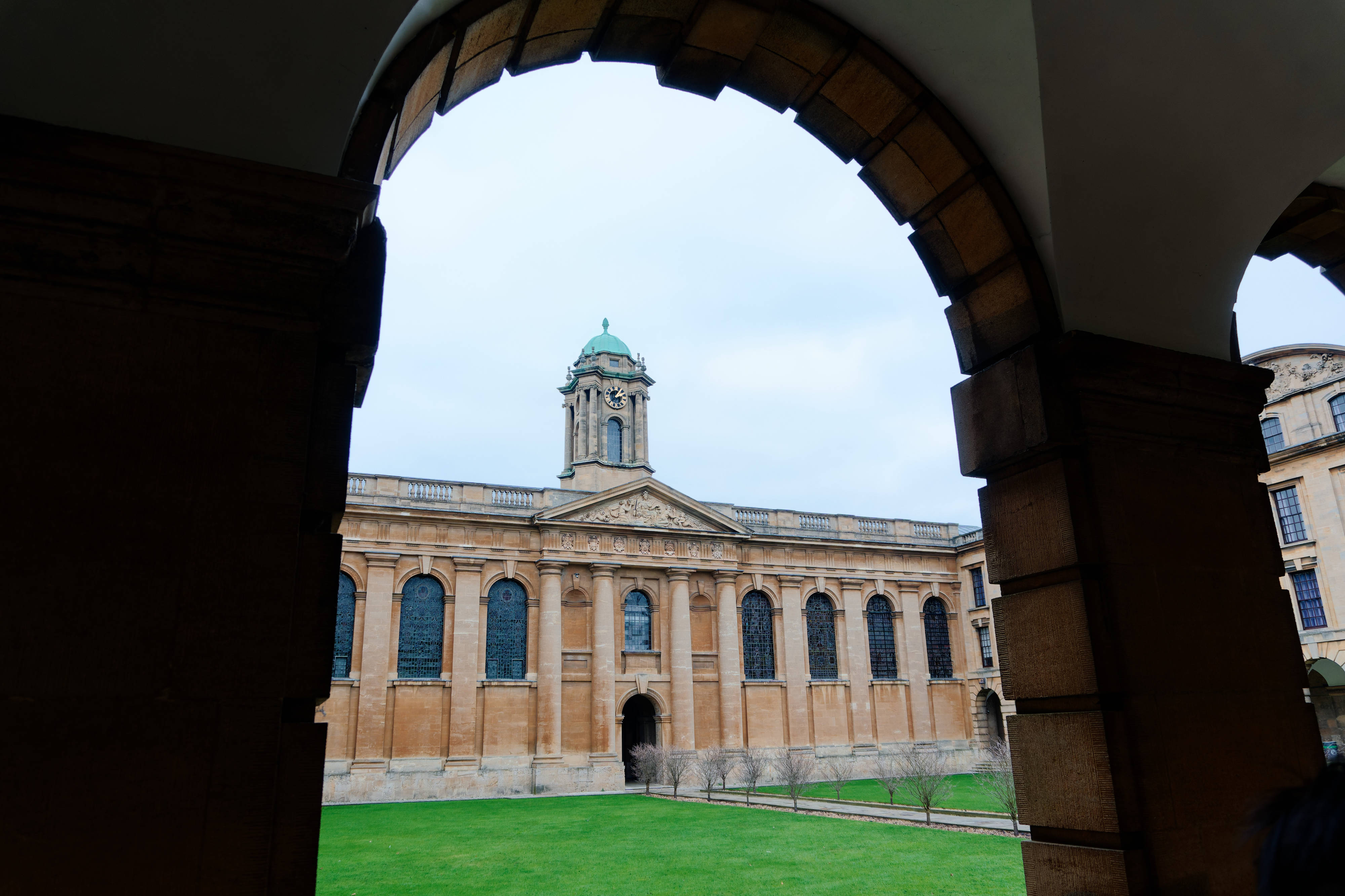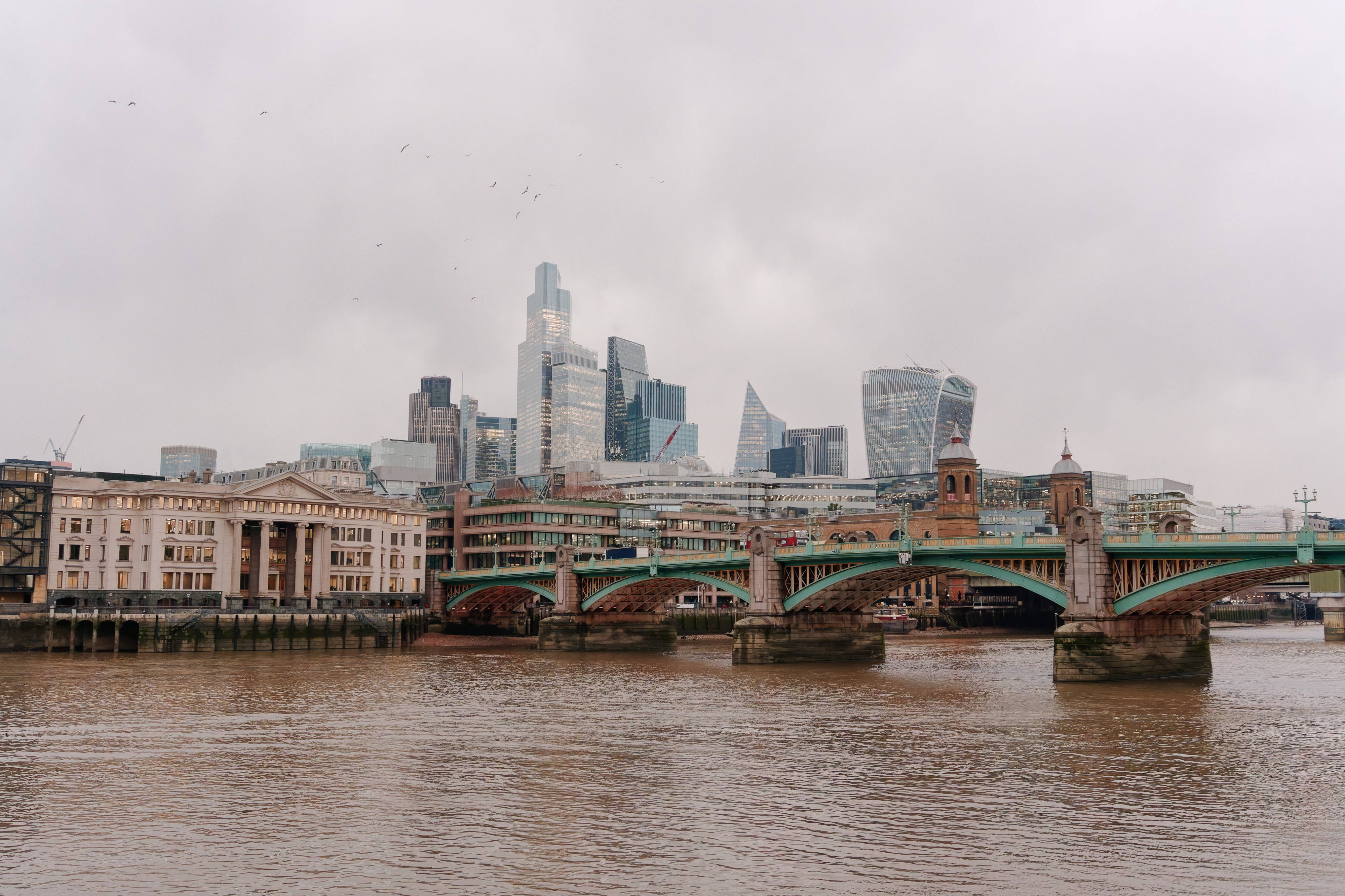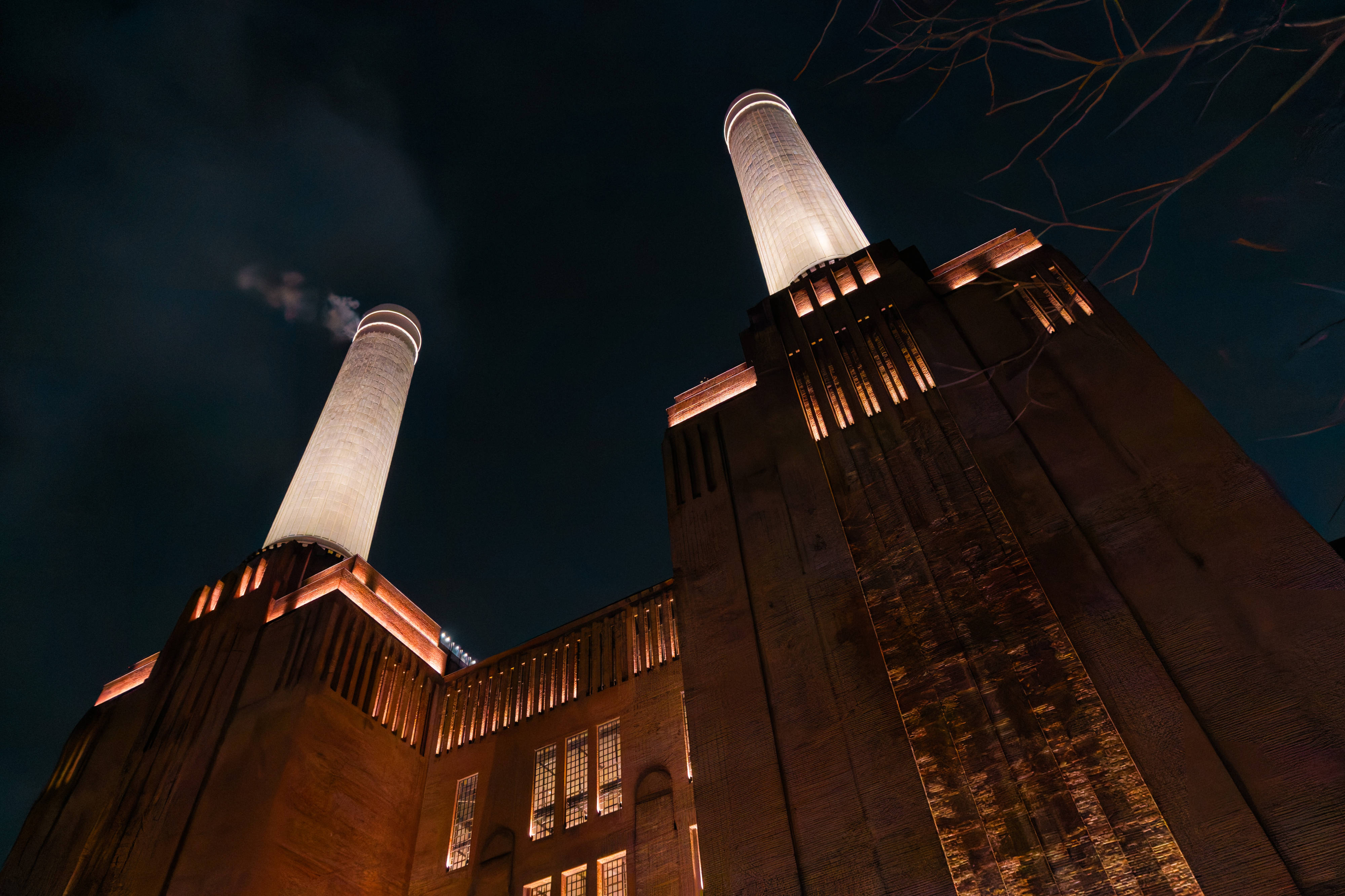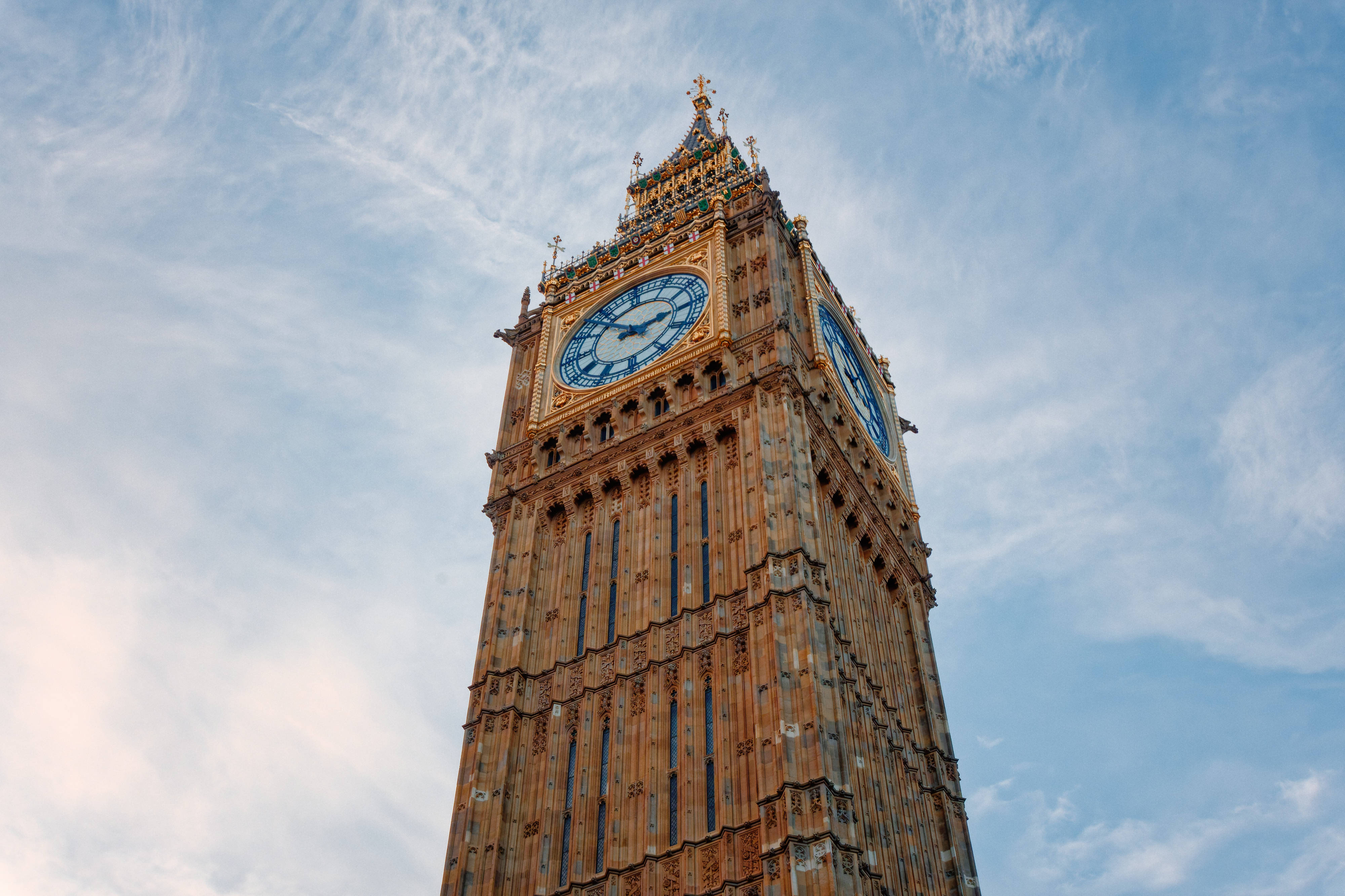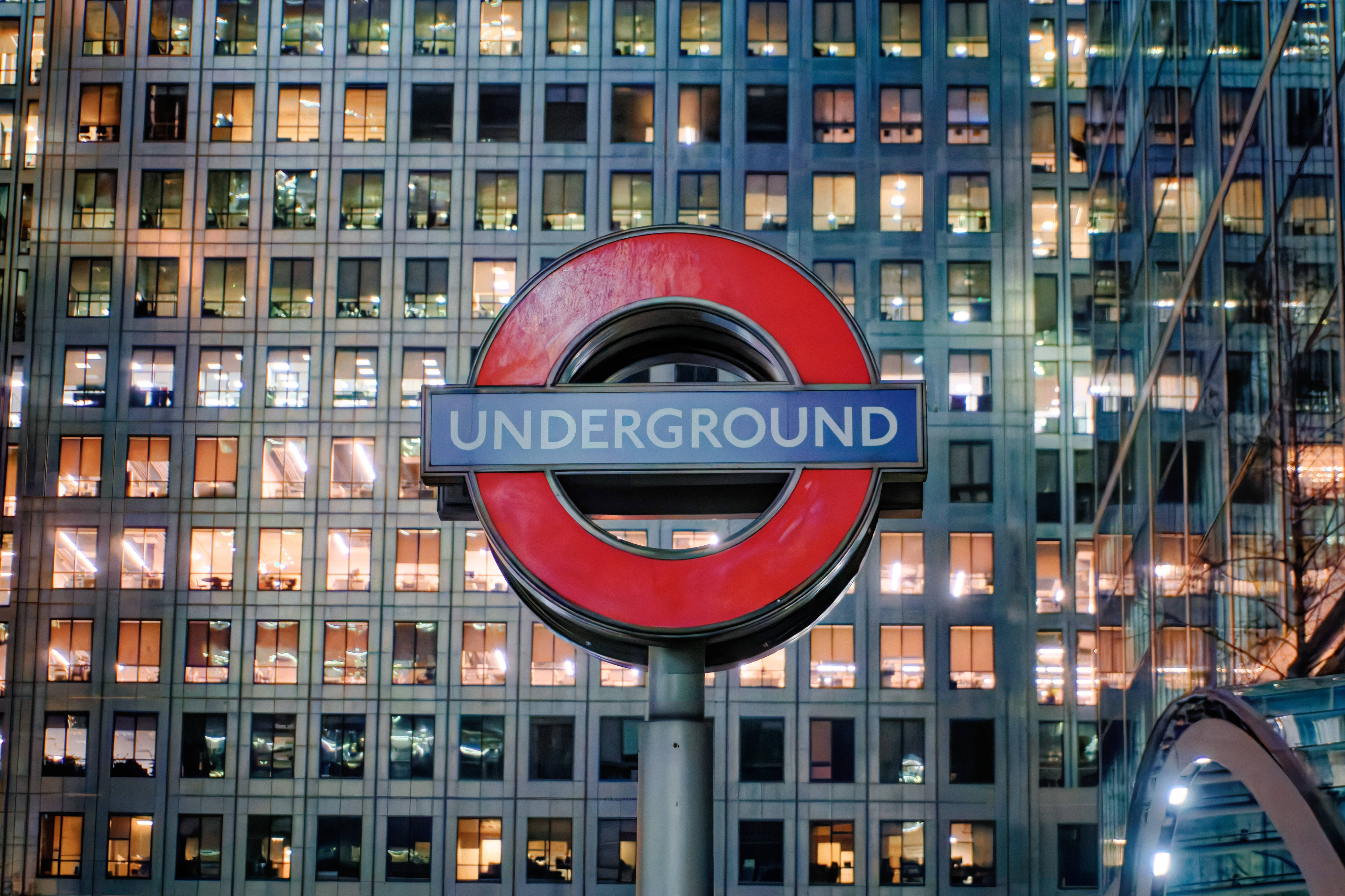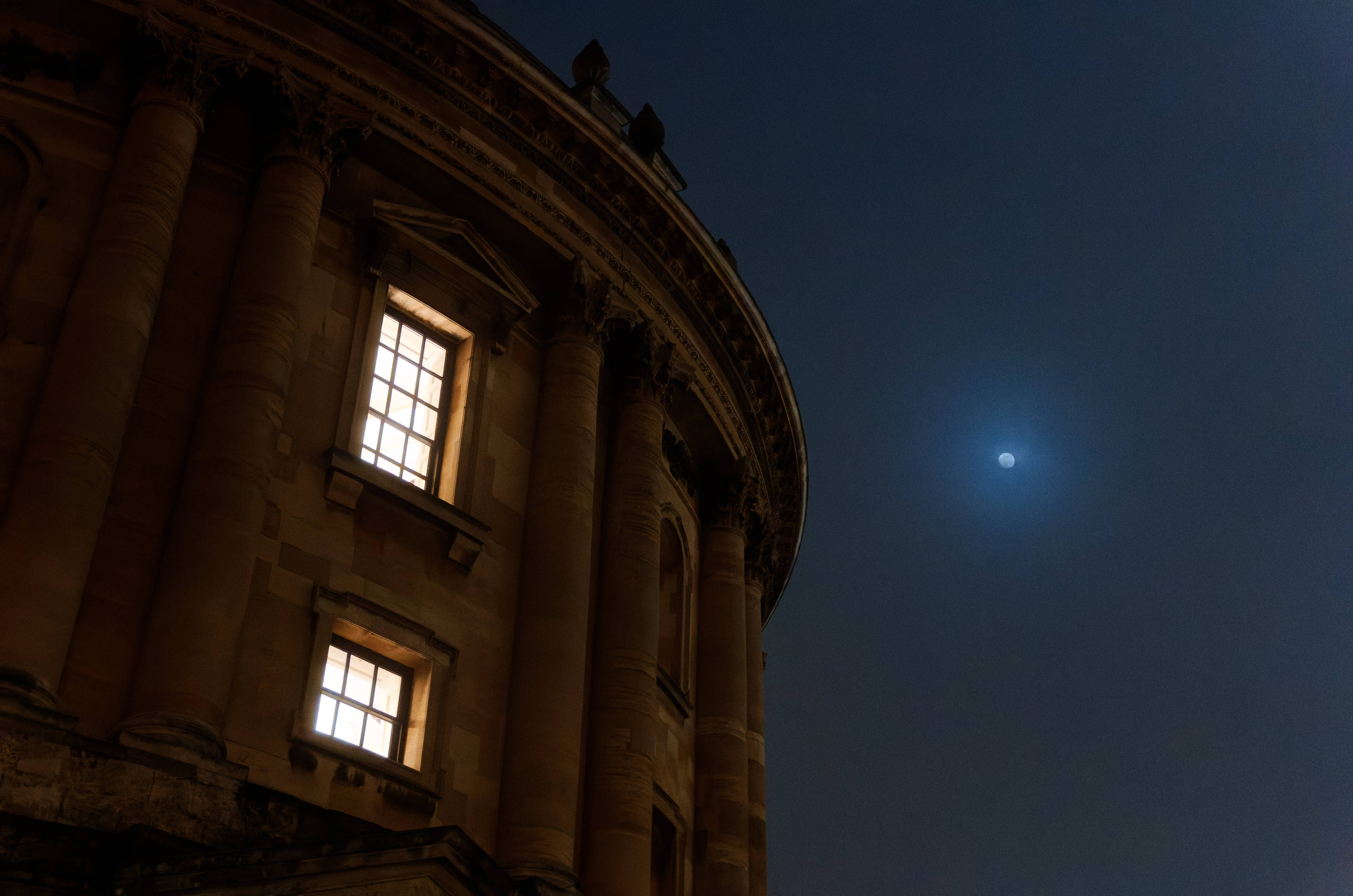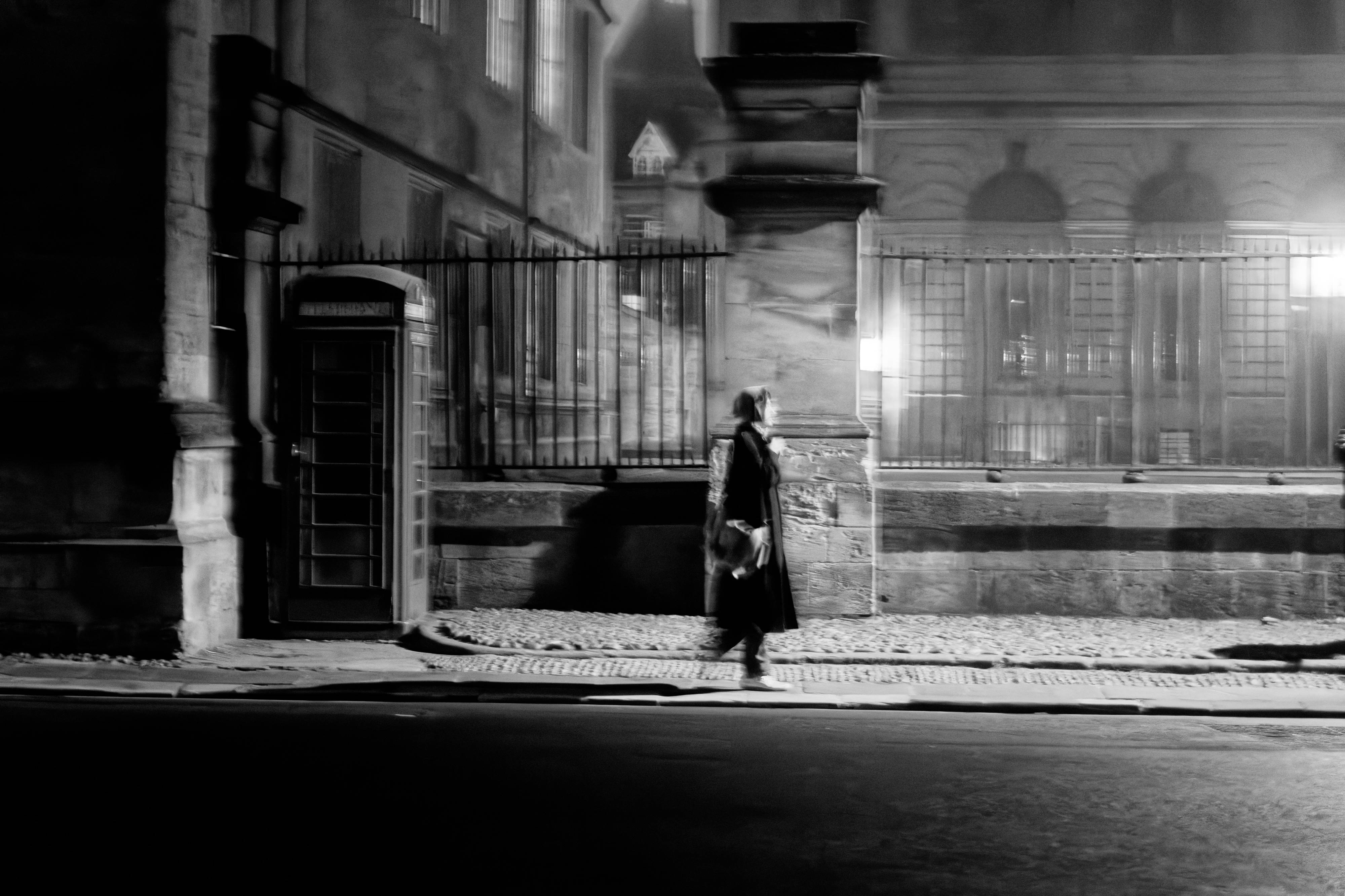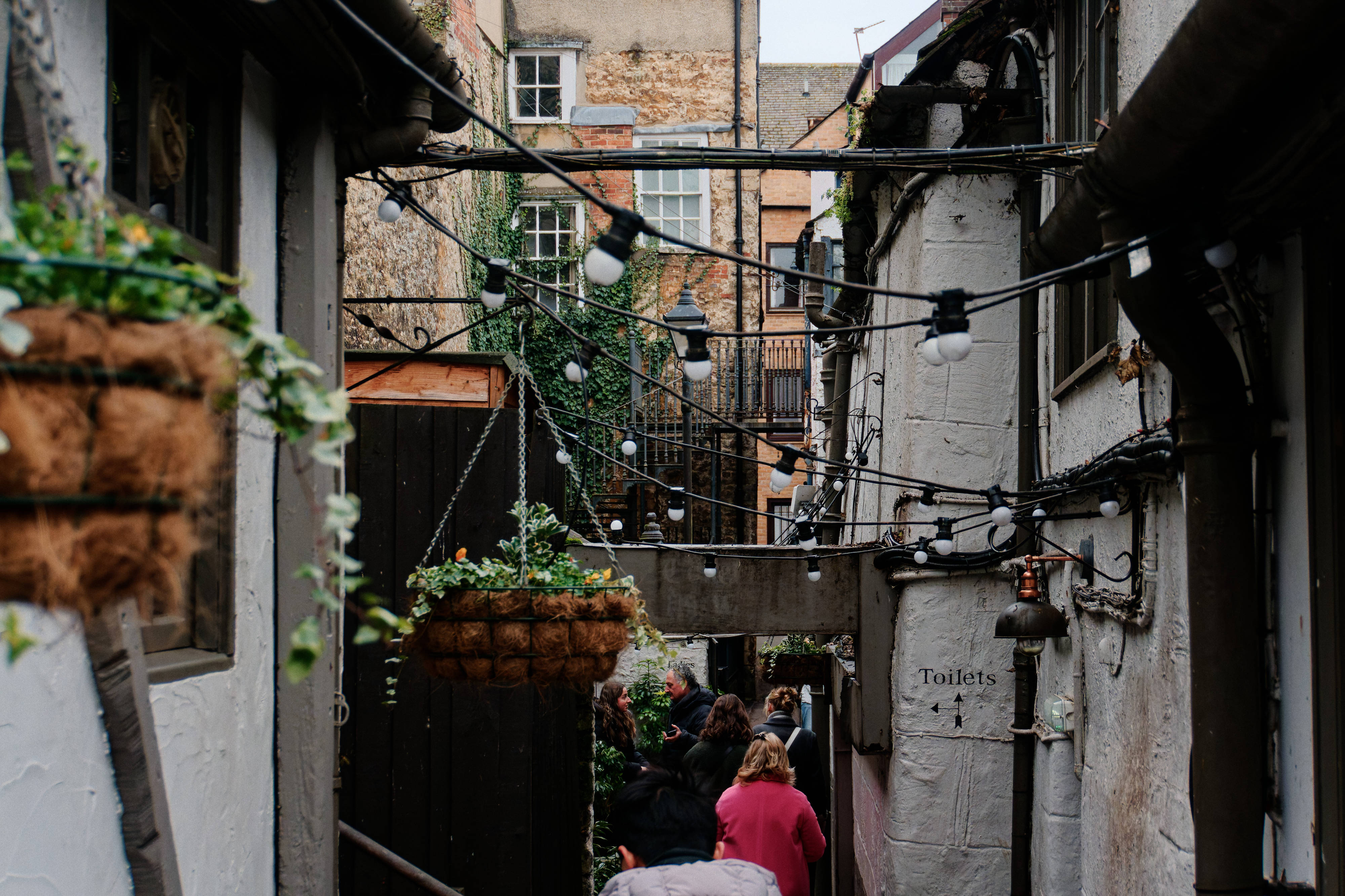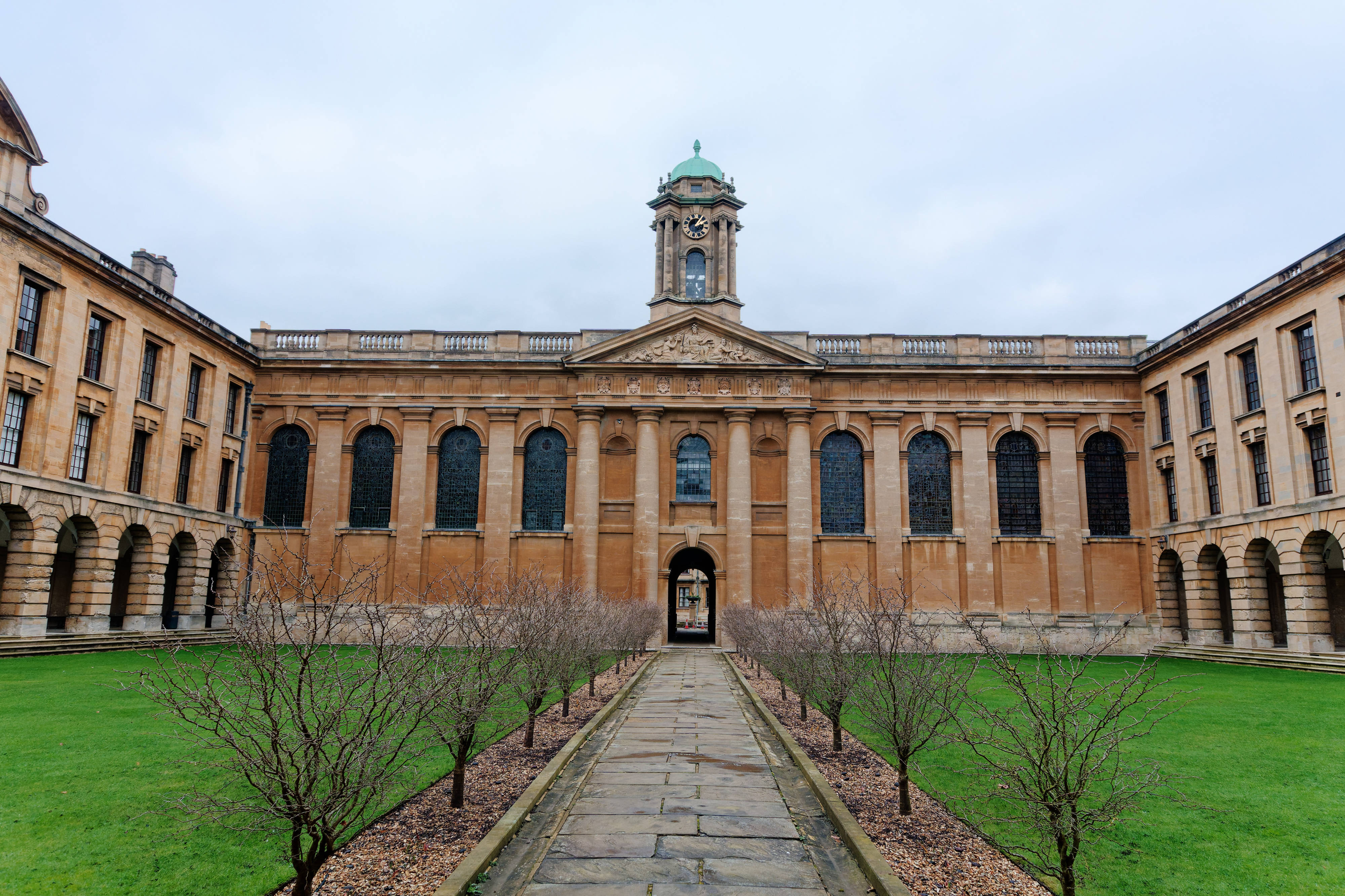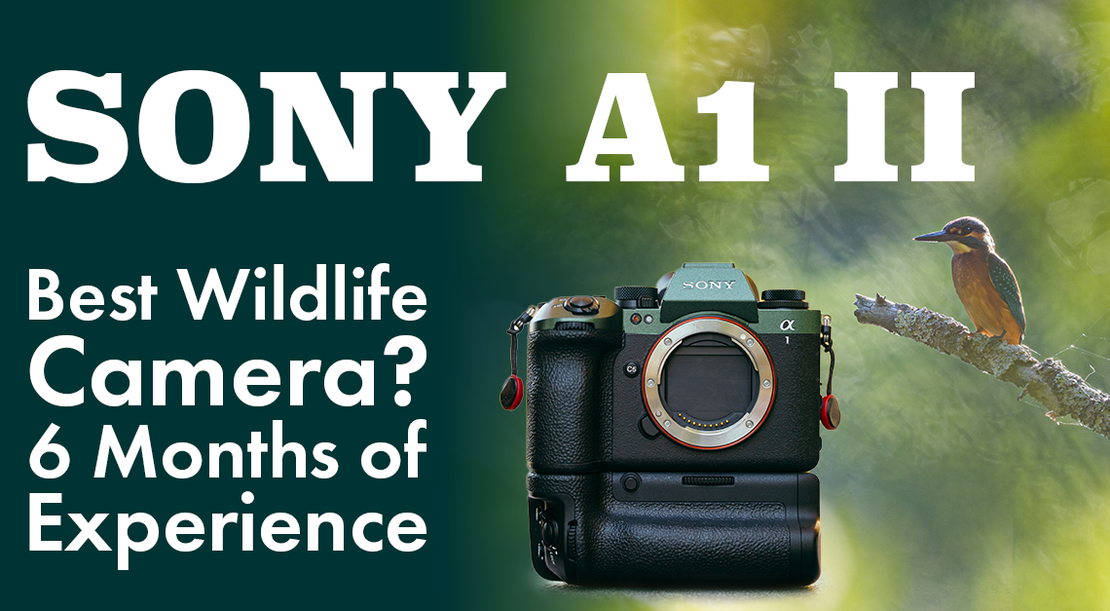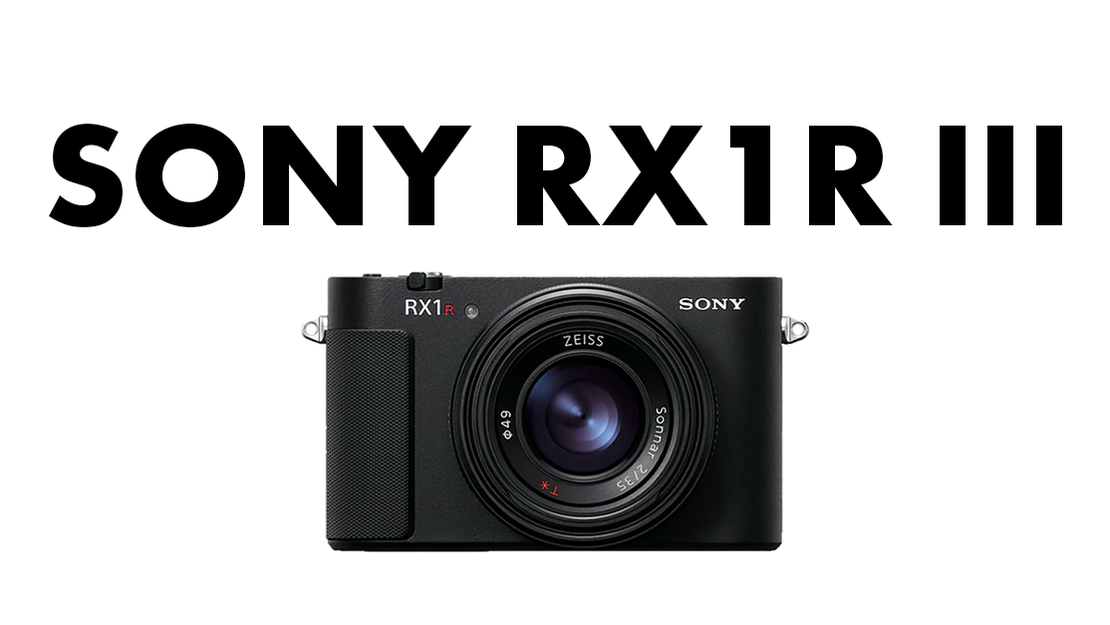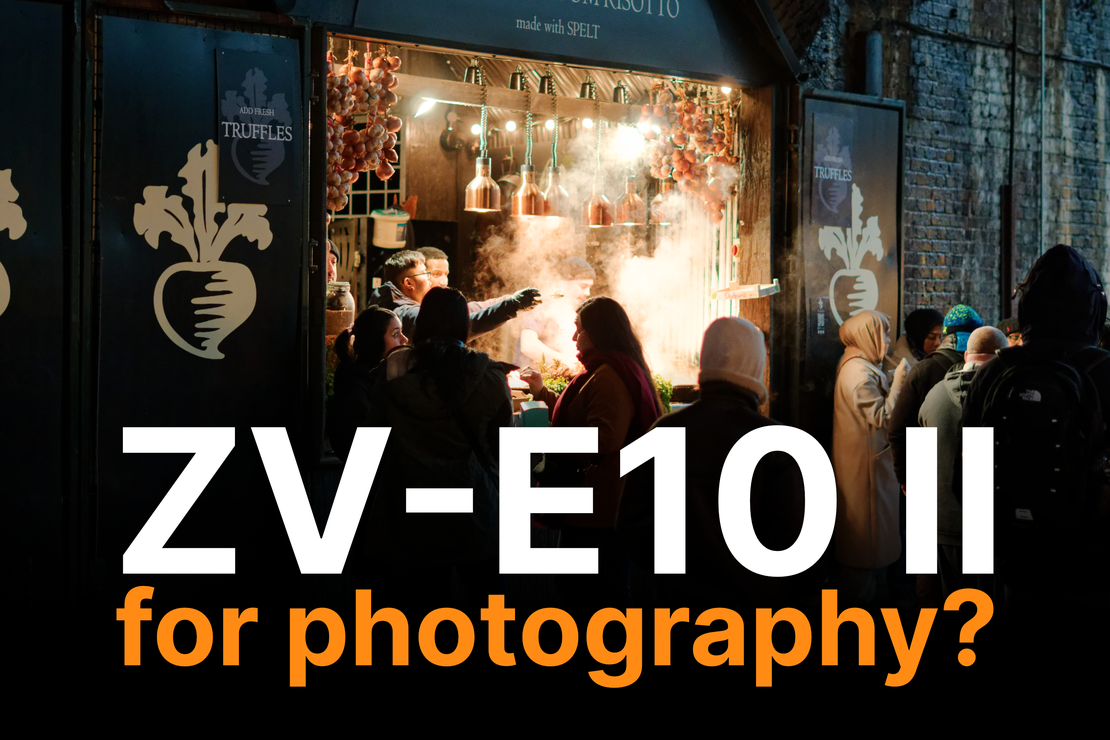
Sony ZV-E10 II Experience Report – Is it any good for photography?
- Silvan Metzker
- Experience report , Camera
- August 25, 2025
Table of Contents
The ZV‑E10 II is Sony’s latest answer to what a vlogging camera should look like: the newest autofocus systems, 26 megapixels, and 4K 4:2:2 10‑bit video. There’s no doubt it’s a great, affordable tool for vlogging, but is it also good for photography?
That’s what I set out to find on a recent trip to London.
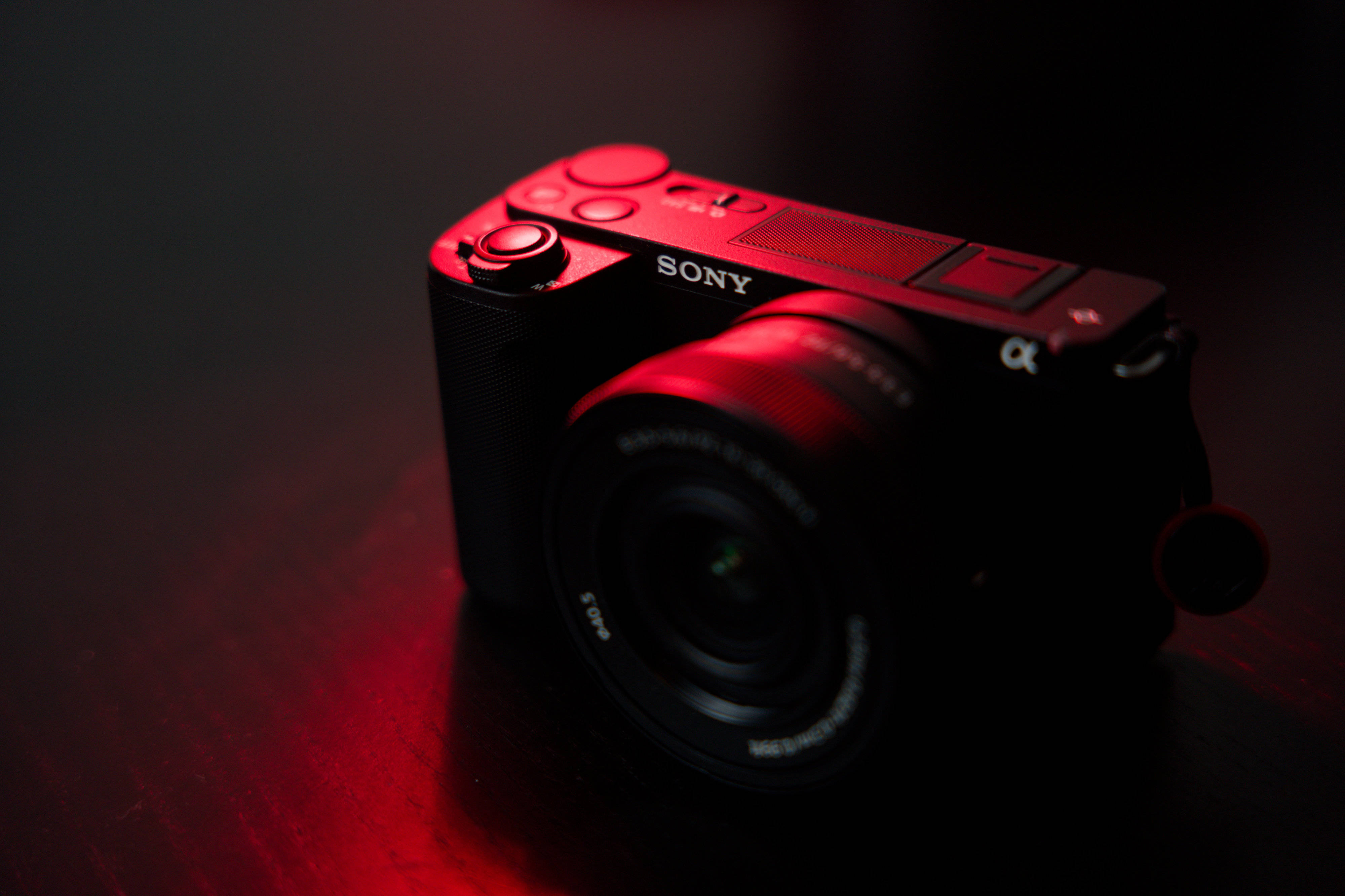
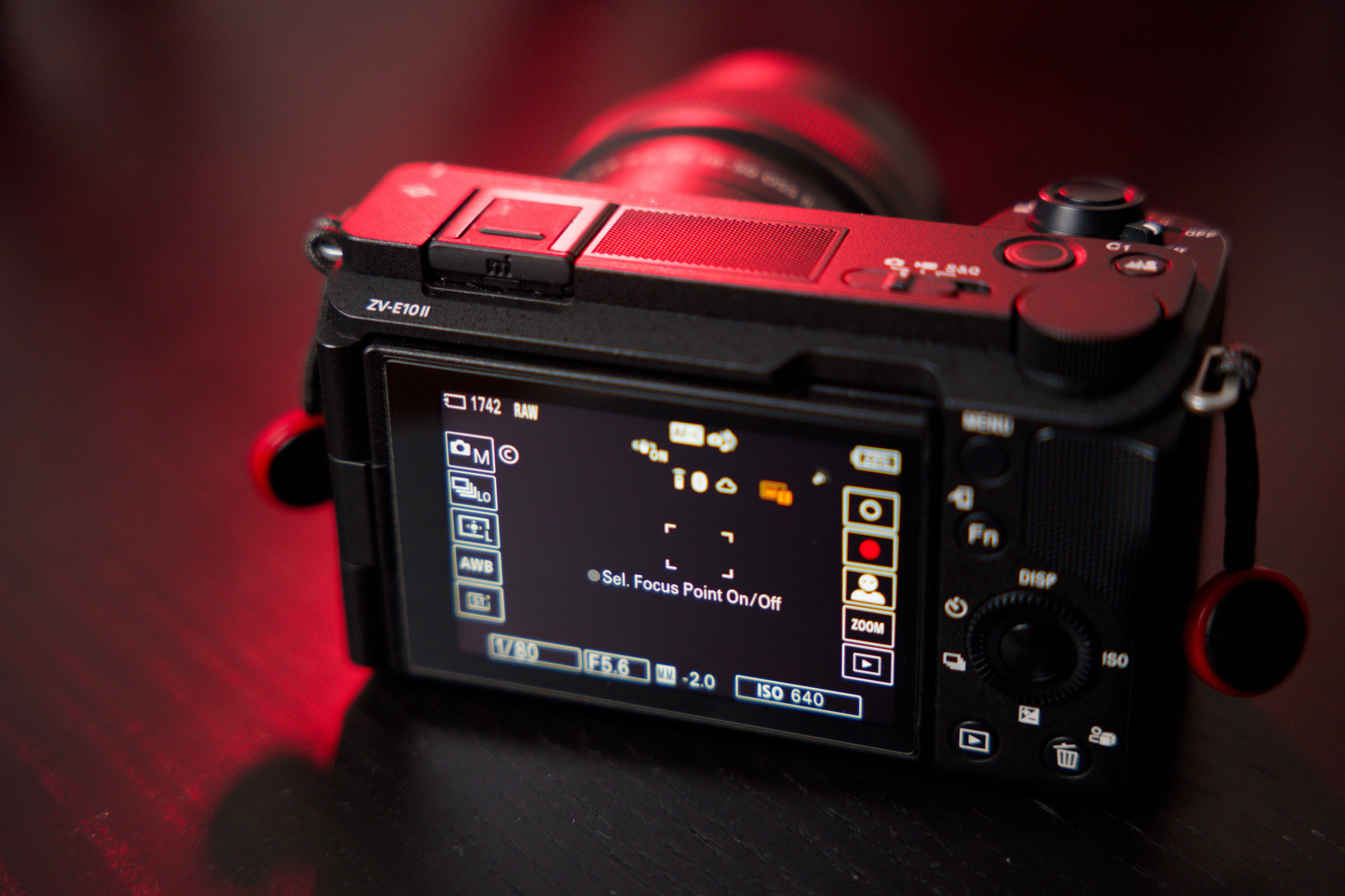
First impressions
I was lucky enough to win the camera at last year’s Photo Wonderland competition, organized by Foto Video Zumstein in Bern. Although I mostly shoot stills, I found this camera very interesting. Together with the kit lens (Sony E PZ 16–50 mm F3.5–5.6 OSS II), Sony offers an affordable, compact camera with a raft of modern features.
As an ultimate test, I took it on a week‑long trip to London and Oxford. I brought the kit lens and two of my full‑frame lenses (Sony 50 mm f/1.8 and Sigma 28–70 mm f/2.8).
The first three images, shot in London’s financial district, were taken with the kit lens. I was surprised by how compact the setup is, it fits in a jacket pocket and is very light. The weight comes partly from the polycarbonate body and partly from the ultra‑compact kit zoom. Despite the light build, the camera feels solid and well made.
The software stood out as well. The camera uses Sony’s “new” menu system first introduced on the a7S III and improved since. It’s controllable via touchscreen and feels snappy. Customization options are extensive: you can favorite settings, remap essentially all buttons, and even reassign the top dial and the rear selector wheel (and all of this separately for photo/video mode, which is a big deal). That helps work around one limitation of this camera, compared to higher‑end Sony bodies, the ZV‑E10 II only has one main control dial and fewer buttons. At first I struggled a bit shooting fully manual because I prefer not to change exposure parameters via touchscreen. But it’s easy enough to fix by mapping the top dial to shutter speed, the rear wheel to aperture, and ISO to the right button plus wheel turn. The camera carries over most modern Sony features: subject tracking, human/animal/bird eye AF, 10‑bit 4:2:2 4K with S‑Log3, and an intuitive touch interface that’s friendly for beginners.
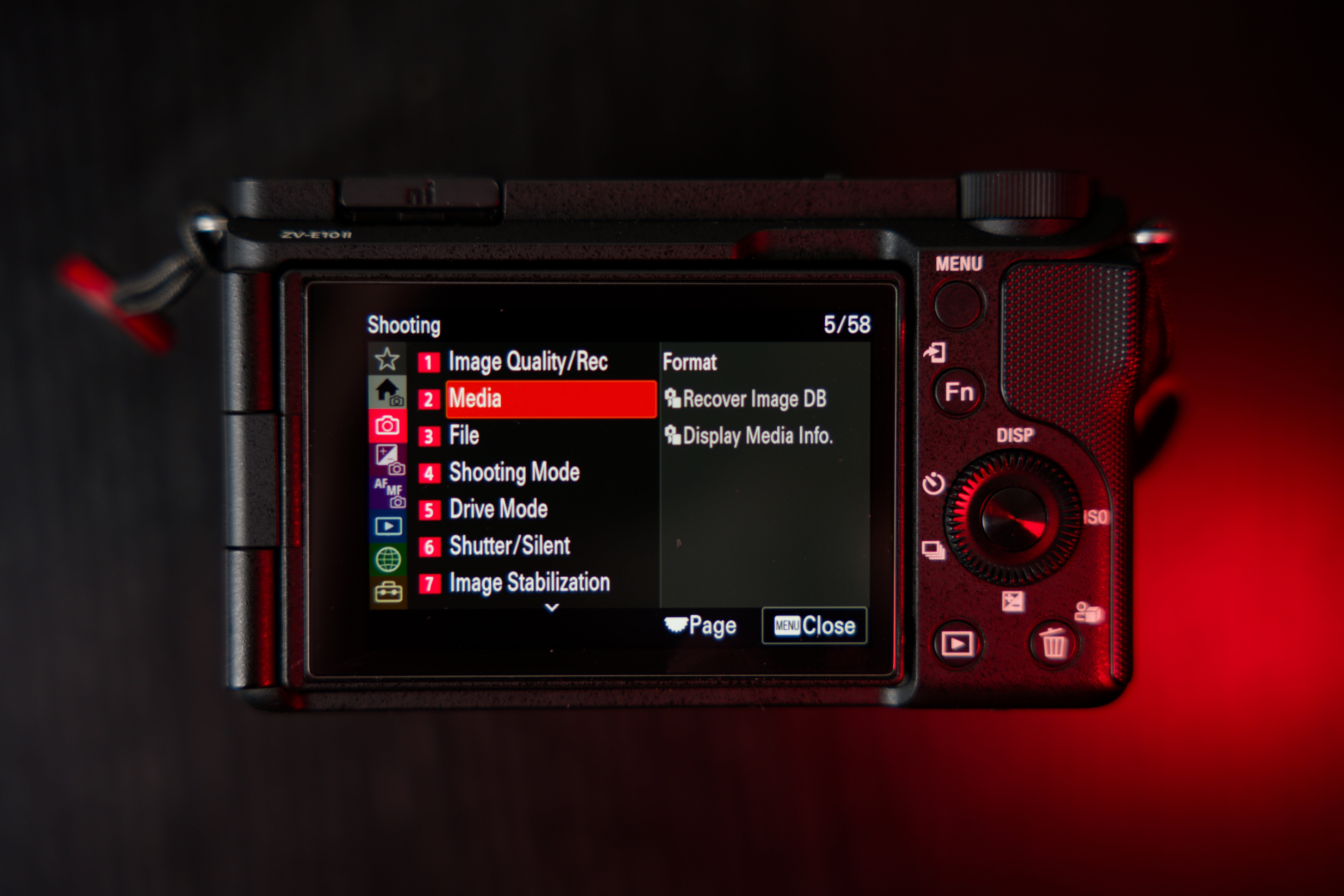
I found the kit zoom to be a very good match for the ZV‑E10 II, at least in daylight. It’s lightweight, focuses well, and offers a very useful zoom range for the size. The kit lens uses a power‑zoom motor (hence the “PZ” in its name), so you can zoom in several ways: the slider on the lens (1, see image below), the lens ring (2), the body’s rocker by the shutter button (3), or the on‑screen touch controls (4). That should cover everyone’s preferences. The options don’t disappoint: you can also set the zoom speed to suit your liking, though that setting appears to affect all of the above methods at once, except the physical slider on the lens (1).
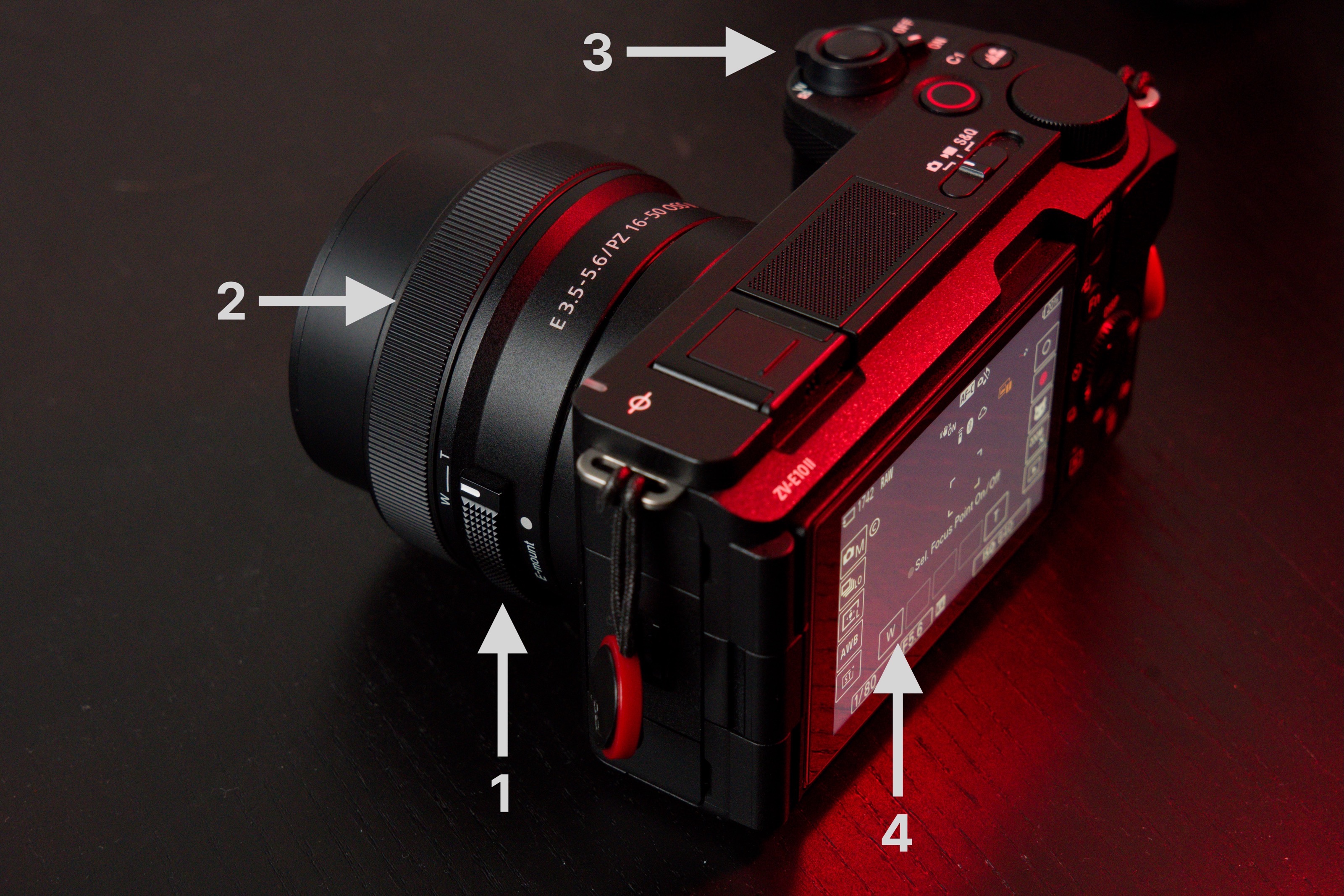
Other lenses
I then experimented with other lenses and mounted two of my full‑frame E‑mounts. Ideally, you’d pick dedicated APS‑C E‑mount lenses (for example, Sigma’s 18–50 mm with a slightly different range, or the Sony 50 mm f/1.8 OSS for APS‑C). Full‑frame E‑mount lenses also work perfectly but tend to be heavier. The reverse pairing (APS‑C lenses on full‑frame) is also possible, but only with significant cropping and generally not recommended.
With the Sigma zoom (f/2.8, first image) and the Sony 50 mm (f/1.8, second to fourth image), the system opens up to a broad landscape of options. One benefit of Sony’s open ecosystem is the great third‑party support — there are many affordable lenses for APS‑C as well as full frame. The wider apertures at f/1.8 and f/2.8 help a lot in low light and give a stronger background blur. You can really see this with the 50 mm f/1.8 at London’s Borough Market: it was a bit darker, crowded, with strings of lights turning into nice “bokeh balls” at f/1.8. Borough Market is highly recommended, for photos and for food.
The limits of the kit lens
After the positive experience with other lenses, I wanted to explore the kit lens’s limits. With a maximum aperture of f/3.5 at 16 mm and f/5.6 at 50 mm, you do run into constraints in the dark.
The comparison below illustrates this. The shot was taken in front of Tate Modern, looking toward the Millennium Bridge and the City of London skyline. I tried to keep ISO as low as possible, with the aperture wide open and the shutter as long as I could handhold without blur, bracing against the railing helps. This resulted in f/5.0 at 49 mm, 1/50 s shutter, ISO 3200, and a slight crop. The right image shows noticeable sensor noise. With modern denoising you can fix a lot of it, in this case I used DxO DeepPRIME XD/XD2 in DxO PhotoLab, Lightroom’s rival (left image — no sponsorship or paid promotion).
This is mainly due to the relatively slow maximum aperture when zoomed in and the shorter shutter speed. The camera lacks in‑body stabilization, which is mostly a video downside but here means you need very steady hands for shutter speeds like 1/50 s. Alternatively, you’d get much better results with a tripod and long exposure, or with a faster lens (e.g., the aforementioned 50 mm — or even better, the APS‑C OSS version with optical stabilization).

More photos and Oxford
Aside from low‑light situations, the kit lens really convinced me. In the second half of my trip, I shot almost exclusively with it, even though I had the other two lenses with me. The light and compact setup encouraged me to take the camera along more often and to shoot more. Stowing it away and pulling it out again is quick and easy, a big advantage over my full‑frame body.
There was one thing I missed though, in my eyes the biggest drawback of the ZV‑E10 II as a stills camera: the lack of an electronic viewfinder (EVF). Especially in bright sun, it’s harder to see what you’re framing and to nail composition as the rear screen can pick up reflections. One moment where this bothered me was in Oxford, inside one of the historic colleges. I tried to frame a church tower through an archway, and the bright openings behind me reflected on the display, a dance with light, just without the sun. In moments like this I really wished for an EVF, which also adds another point of contact for more stability and eliminates glare.
If that’s a concern, consider the closely related Sony a6700, which shares the same sensor but adds in‑body image stabilization and an EVF. The a6700 also has a mechanical shutter, unlike the ZV‑E10 II, which helps avoid banding under artificial light. That effect can occur with some types of lighting — projectors in my experience. You can mitigate it on the ZV‑E10 II with the Anti‑flicker function by syncing shutter speed to the light frequency. For flash work, however, it’s a real limitation: with its fully electronic shutter the ZV‑E10 II only syncs reliably up to about 1/30 s; at faster speeds, banding may appear.
The following images were shot with the compact kit lens in both London and Oxford:
Conclusion
This camera delivers: fast autofocus that finds human, animal and bird eyes; responsive software; and an enjoyable shooting experience. It’s so light that it never feels like a burden. Paired with the kit lens, it’s a very competitive, capable setup in a compact package with modern features. In tough light the lack of stabilization and the kit lens’s limited aperture show their boundaries, but denoising and faster lenses can address much of that. Just be aware of the missing EVF; if that’s important to you, the more photography‑oriented a6700 solves those points. Otherwise, the ZV‑E10 II with the kit zoom is a very capable, compact combo for photography that practically invites you to take it along more often.








